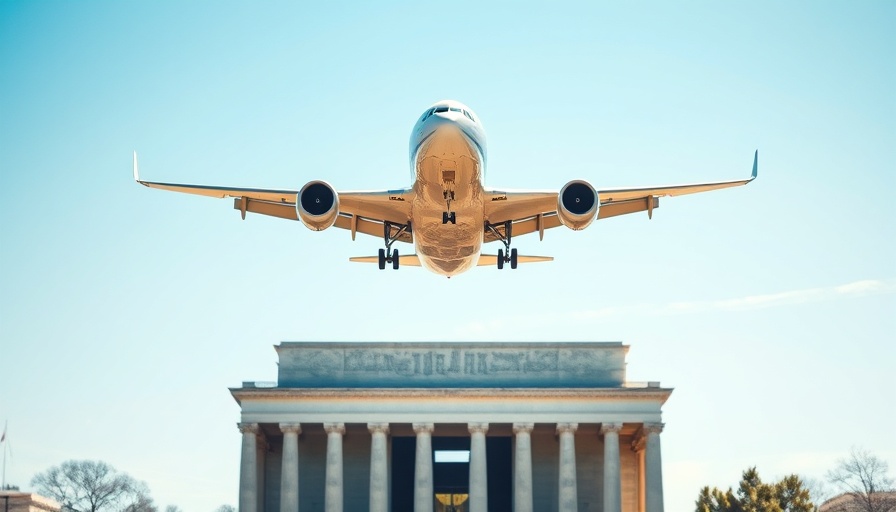
FAA's New Helicopter Restrictions: Safety First
In a significant move following a tragic midair collision that claimed the lives of 67 individuals, the Federal Aviation Administration (FAA) has announced permanent restrictions on helicopter traffic surrounding Washington's Reagan National Airport. The decision comes in response to safety recommendations from the National Transportation Safety Board (NTSB), which cited an "intolerable risk" associated with mixed helicopter and airplane traffic in the area.
Understanding the Collision: What Happened?
On January 29, an American Airlines regional jet collided with an Army Black Hawk helicopter while approaching Reagan National Airport, prompting immediate action from aviation authorities. Over the past decade, there have been 85 recorded incidents of near misses between helicopters and planes within the area, underscoring the potential dangers. The FAA had temporarily restricted helicopter operations in the vicinity after the fatal crash, but the permanent restrictions signify a serious commitment to aviation safety.
Previous Concerns: A Pattern of Warnings
The NTSB's findings indicate that prior warnings about the dangers posed by helicopter traffic near the airport had not been adequately addressed. Ted Cruz, Chair of the Senate Commerce Committee, expressed his concerns during a hearing on the incident, highlighting the data that indicated the risk and stressing that the FAA should have taken preventive action sooner.
What Do These Restrictions Entail?
The FAA's decision includes the elimination of mixed traffic involving helicopters and passenger jets, as well as prohibiting the use of certain smaller runways at the airport when helicopters are operating nearby. This is aimed at minimizing the risk of further collisions and ensuring safer conditions for air travel.
The Future of Helicopter Operations in Washington
The FAA is not only focusing on Washington; it is conducting assessments of helicopter traffic at other major airports, including in cities such as New York, Los Angeles, and Houston. This comprehensive evaluation aims to identify potential risks and establish further regulations as necessary. Airlines for America, a group representing major U.S. carriers, has advocated for stringent limits on helicopter traffic in sensitive airspace.
Public Response: Mixed Reactions
The public reaction to the FAA's restrictions has been predominantly supportive, with many arguing that the measures come too late, given the tragic loss of life. Commenters have articulated a desire for more proactive safety measures and are advocating for continuous evaluations of air traffic management practices to prevent similar accidents.
Conclusion: The Path Ahead
As the FAA implements these restrictions, the priority on aviation safety remains clear. The incident near Reagan National Airport serves as a crucial reminder of the potential dangers inherent in mixed-use air traffic. Continuous dialogue between aviation authorities, airlines, and the public will be essential in ensuring that air travel remains safe for everyone.
Stay informed on breaking news and updates regarding aviation safety and transportation regulations by following trusted news outlets and embracing a culture of safety awareness. If you want to stay informed and receive updates on aviation safety, consider subscribing to major news channels that cover these developments comprehensively.
 Add Element
Add Element  Add Row
Add Row 



 Add Row
Add Row  Add
Add 


Write A Comment